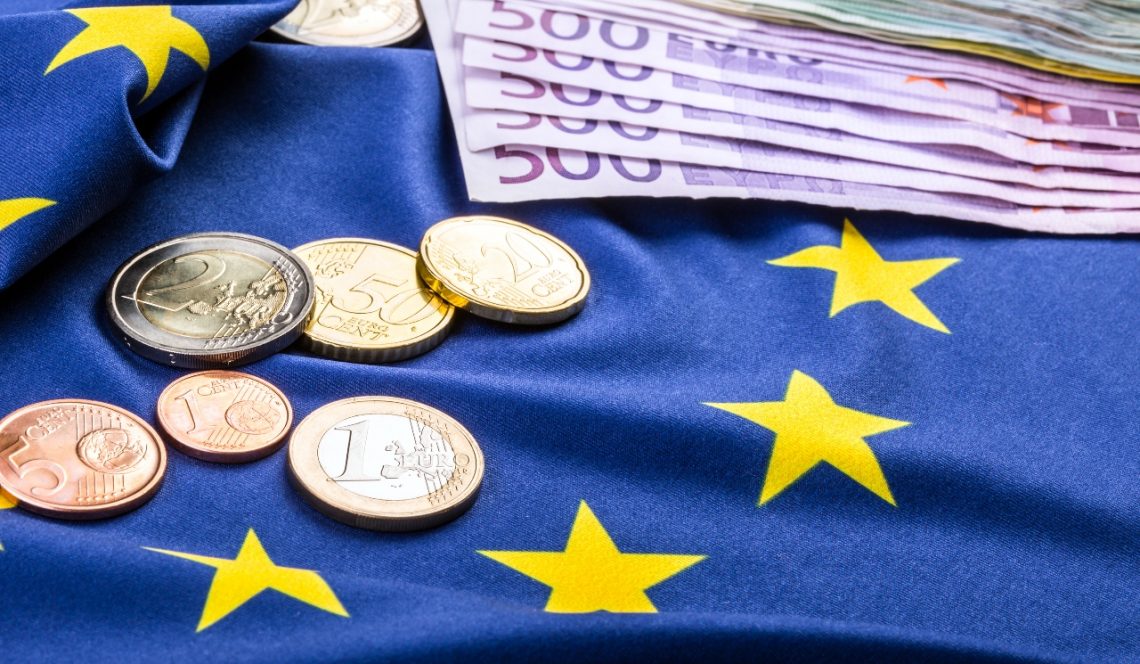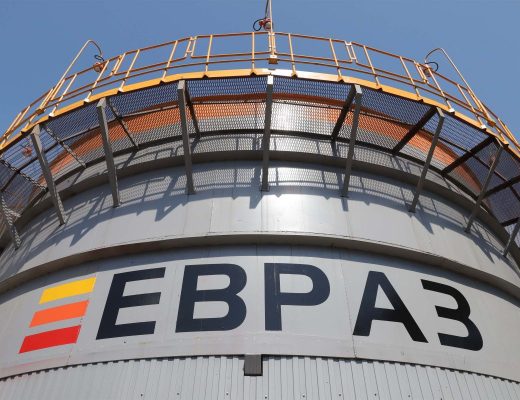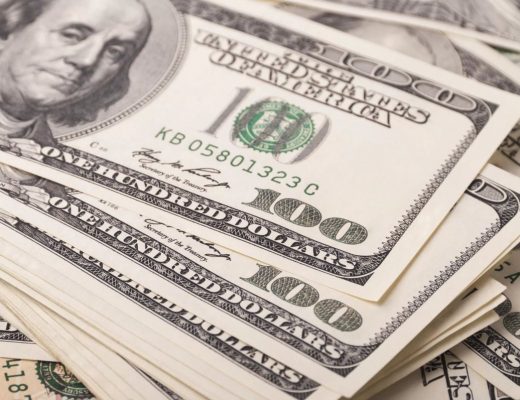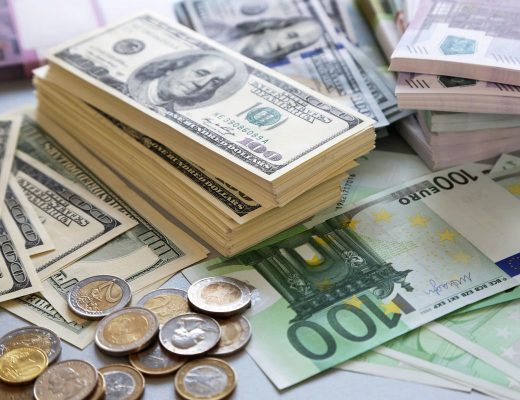European currency is not an attractive instrument for Russians
The European currency is losing its attractiveness in the eyes of Russians, even though its rate remains at 90 rubles. The profitability of the euro in bank savings is declining, and many investors from Russia do not know how to make such an investment.
The EU Central Bank has introduced a negative key rate. This means that deposits made in euros generate almost no income, and the innovation applies not only to European banks, but also to institutions around the world. In Russia, the negative rate on deposits is not used, it is prohibited by law. To overcome the situation, local banks do not accept deposits in euros or introduce new rates, which are conditionally negative and represent a service fee for euro accounts.
An analyst of the company “Freedom Finance” says that in Russia, the euro is not as popular as the dollar and the ruble. In addition, the number of financial instruments for the EU currency is limited, and most investors simply can not use them.
However, government bonds, which are sold in euros, have one advantage – their price is 100 thousand euros per piece. In addition, you can pay attention to the corporate Eurobonds of local corporations, such as Gazprom or ICB, but they are quite problematic to find, as investors do not sell such securities.
It can be argued that the euro for Russians in most cases does not bring tangible benefits. In the near future there are all chances that the situation will change, and a sign of this is a statement from the St. Petersburg Stock Exchange. Its management has decided to open the possibility of trading in shares of European companies, which go into Euro. Since August last year, securities of various corporations, including BMW and Henkel, have been available on the market.
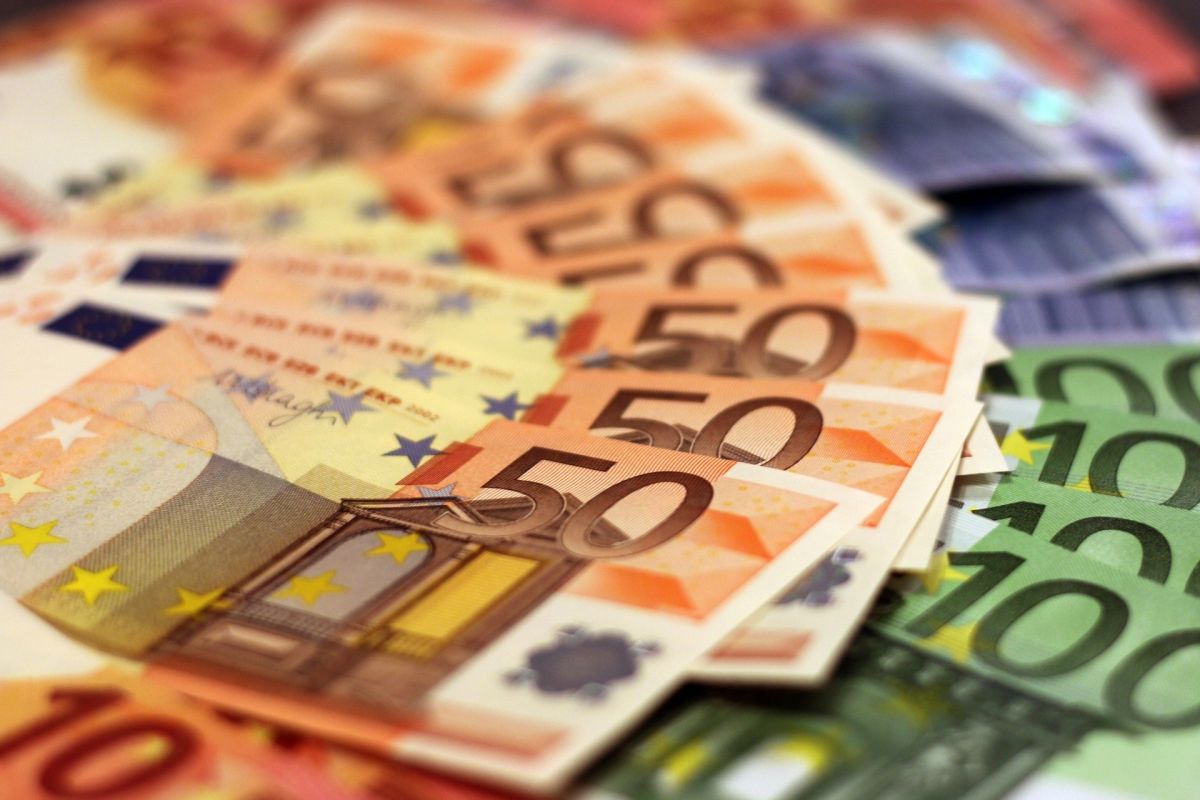
In addition to the negative key rate, the EU Central Bank is going through a number of other changes, including an increase in the inflation target. According to the head of the ECB, this decision will strengthen the growth of the region’s economy. However, experts warn that this may cause the weakening of the euro.
So far, the ECB has not given clear explanations for the innovations, but stressed that these measures will be different from those used in 2003 to get rid of low inflation, which then amounted to 2%. Now, at the end of 2020, it was negative, at 0.2%. The inflation rate can be regulated with the help of the key rate and the amount of reserves of banks. If these figures are high, then lending will become more expensive and the funds for issuing loans will decrease.
